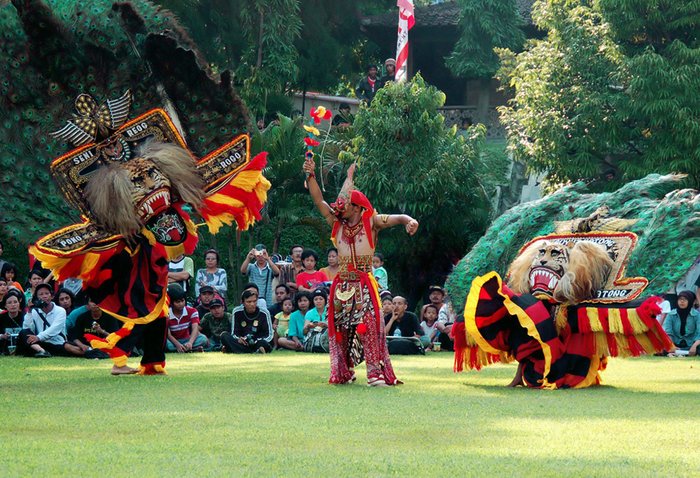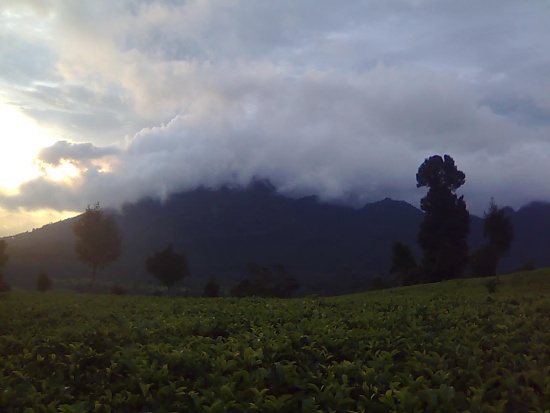Aceh which was previously known by the name of the Special Region of Aceh (1959-2001) and Nanggroe Aceh Darussalam (2001-2009) is the westernmost province in Indonesia. Aceh has the autonomy to set its own, unlike most other provinces in Indonesia, for historical reasons. This area is bordered by the Bay of Bengal in the north, the Indian Ocean to the west, the Strait of Malacca in the east, and North Sumatra in southeast and south.
Aceh Map
The capital of Aceh is Banda Aceh. Its port is Malahayati-Krueng Raya, Ulee Lheue, Sabang, Lhokseumawe and Langsa. Aceh is the region worst hit by the earthquake and tsunami of 26 December 2004. Some places on the coast disappear altogether. The hardest is Banda Aceh, Aceh Besar, Aceh Jaya, Aceh Barat, Singkil and Simeulue.
Aceh has a wealth of natural resources such as petroleum and natural gas. Natural Resources is located in North Aceh and East Aceh. Aceh is also famous for its forest resources, which is located along the Bukit Barisan range, from Kutacane, Aceh Tenggara, Seulawah, Aceh Besar, until Ulu Masen in Aceh Jaya. A national park, namely Mount Leuser National Park is also available in the Southeast Aceh.
Baiturrahman Masjid
History
In the days of the Sultan Iskandar Muda Meukuta Perkasa Alam, Aceh is a country very rich and prosperous. According to a French explorer who arrived in Aceh in the heyday of the era, the power reaching the west coast of Aceh, Minangkabau up to Silver. Sultanate of Aceh have established relationships with the kingdoms of the West in the 16th century, including Britain, the Ottomans, and the Netherlands.
Aceh Sultanate involved a prolonged power struggle since the beginning of the 16th century, first by Portugal, and since the 18th century with the United Kingdom (UK) and the Netherlands. At the end of the 18th century, Aceh was forced to hand over territory in Kedah and Pulau Pinang in Malay Peninsula to Great Britain.
Saman Dance
In 1824, the British-Dutch Agreement was signed, in which Britain handed over its territory on Sumatra to the Dutch. Britain Party claim that Aceh was their colony, although this is not true. In 1871, Britain allowed the Dutch to colonize Aceh, possibly to prevent France from gaining power in the region.
Arts and Culture
Aceh is a region that is rich with culture and art rule looks other parts of Indonesia. Aceh has a distinctive variety of cultural arts such as dance, and other cultures such as:
- Didong (performing arts from the public Gayo)
- Meuseukee Eungkot (a tradition in the area of West Aceh)
- Peusijuek (or plain flour in the tradition of Malay)
Literature
- Bustanussalatin
- Hikayat Prang Sabi
- Hikayat Malem Diwa
- Legend Amat Rhah Manyang
- Legend Putroe Neng
- Legend Magasang and Magaseueng
Traditional Weapons
Rencong is the traditional weapon of Aceh, its shape resembles the letter L, and if you look closer its shape was writing bismillah calligraphy. Rencong included in the category of dagger or knife (not a knife or sword).
Besides rencong, the nation of Aceh also has several other unique weapons, such as siwah, geuliwang and peudeueng.
Rencong the traditional weapon of Aceh
Traditional House
Acehnese traditional house called Rumoh Aceh. The traditional house-type house on stilts with 3 main parts and an additional section. Three main parts of Aceh is home Seuramoe keuë (front porch), Seuramoe Teungoh (porch middle) and Seuramoe likôt (back porch). Meanwhile, an additional section that is rumoh dapu (home kitchen).
Aceh House
Dance
Aceh province has at least 10 ethnic groups, has a wealth of dance very much and also very impressive. Some famous dances at the national level and even the world is a dance that originated from Aceh, such as Dance Rateb Meuseukat and Saman.
























































